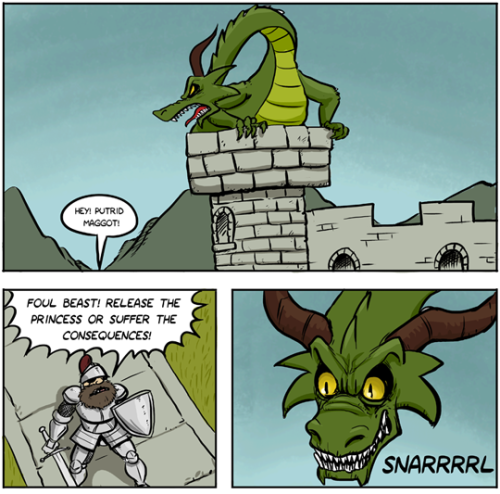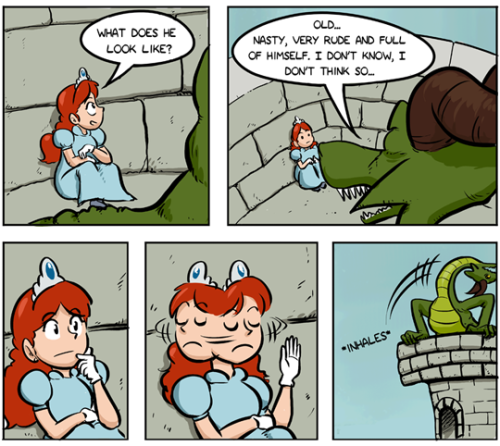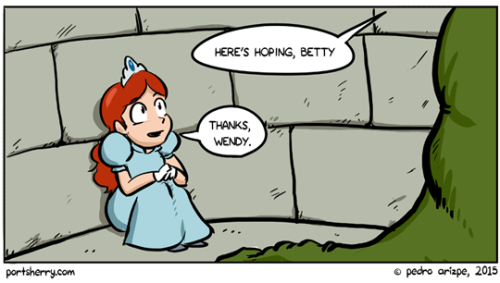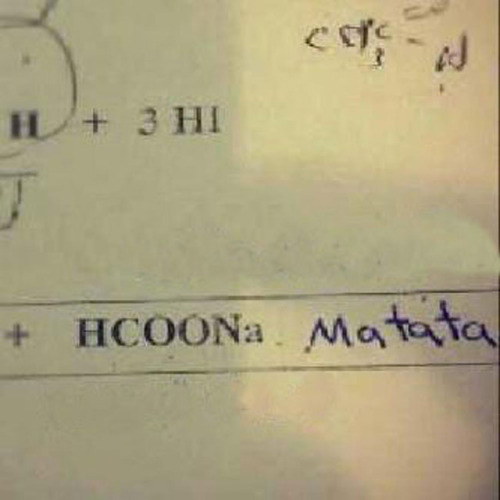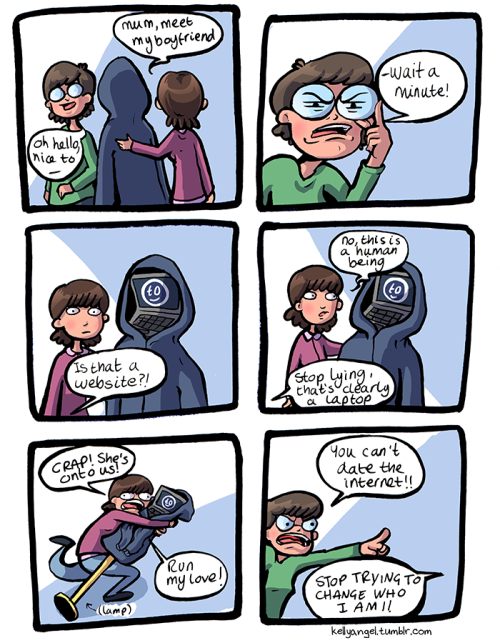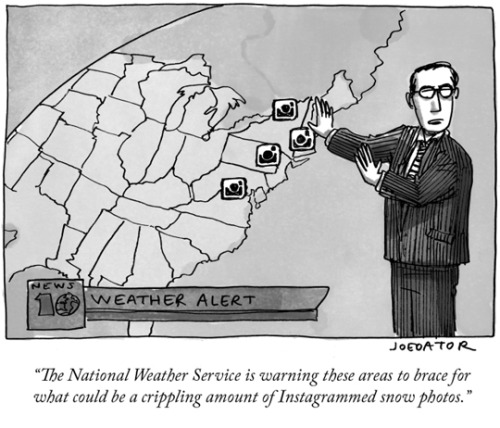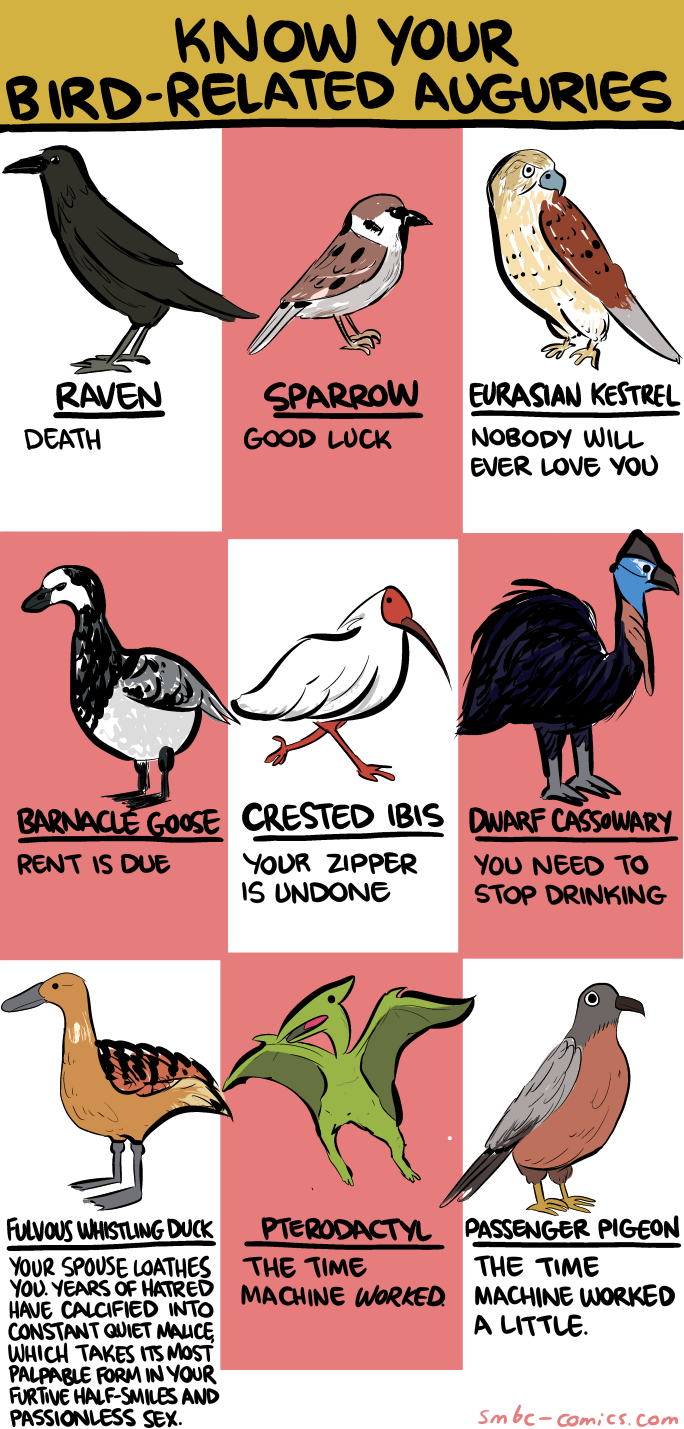I pointed out this same sort of feature in Tuesday's post, but this one is even more clear cut: the intersections of joints in the overhanging ceiling with the open air of the cavern are favorable spots for the deposition of speleothems. The two in the upper center look as if, given enough time, they might develop a nice pair of cave draperies. The deposits in the bottom left center have the beginnings of maybe four or five stalactites. But the thing that stands out to me, given the variety and density of decoration elsewhere, is that it's comparatively sparse here. This suggests the joints may be pretty tight, and simply don't allow passage of very much ground water. So these nascent features may never really develop as fully as they might in another location.
Photo unmodified. May 9, 2013. FlashEarth Location. (Since we're underground, I have only a vague idea where this is with respect to the surface.)
Miscellaneous thoughts on politics, people, math, science and other cool (if sometimes frustrating) stuff from somewhere near my favorite coffee shop.
Saturday, February 7, 2015
Friday, February 6, 2015
Geo 1095: February 6, Day 767: Enigmatic Lines
Just a few minutes ago, I tweeted, "Struggling to figure out what, if anything, I can say about today's geophoto... or if I should skip it and go to next." I guess I've decided to go for it. There's a lot going on here, but a lot of it is confusing enough to me that I'm reluctant to hazard too much in the ways of guesses. Let's start with the things I am confident about: The more or less straight lines, which are narrower, are joints or faults- fractures of one kind or another. Given that this terrane has been folded quite thoroughly in some areas (though I'm not certain here- that's my confusion), it would make sense to presume these fractures followed- that is, came after- the episode of folding and metamorphism. There are at least two terranes outboard of this, including the Josephine Ophiolite (which I discussed in January of 2014), and The Otter Point melange (discussed in December of 2013), so there has definitely been deformation since this block was accreted.
Moving on to the trickier bits, we have those broader, lighter bands weaving around. Do those undulations represent folds? Maybe, maybe not. One part of the problem is that the camera flash tends to flatten things, so the third dimension is suppressed. What is the actual shape of the surface we're looking at here? A bigger problem is, what exactly are those bands? Bedding features? Cataclastically pulverized, then recrystallized, marble? Tensional veins filled with recrystallized calcite? Some combination of those, or something that hasn't occurred to me? Since I really don't have any idea, it's irresponsible for me to speculate on how they've been potentially deformed and distorted. I'll end by saying that folding is a possibility here, but I've seen situations where planes that appear to be wildly folded turn out to be basically flat when you look at the surface from a different perspective.
A big part of learning geology is learning to think about how things are oriented in three-dimensional space, and it takes lots of practice. A flip side of learning that is realizing when something might be happening in rock space that you can't really see on the surface from a single limited perspective. And that's what we have going on here, as far as I'm concerned.
Photo unmodified. May 9, 2013. FlashEarth Location. (Since we're underground, I have only a vague idea where this is with respect to the surface.)
Moving on to the trickier bits, we have those broader, lighter bands weaving around. Do those undulations represent folds? Maybe, maybe not. One part of the problem is that the camera flash tends to flatten things, so the third dimension is suppressed. What is the actual shape of the surface we're looking at here? A bigger problem is, what exactly are those bands? Bedding features? Cataclastically pulverized, then recrystallized, marble? Tensional veins filled with recrystallized calcite? Some combination of those, or something that hasn't occurred to me? Since I really don't have any idea, it's irresponsible for me to speculate on how they've been potentially deformed and distorted. I'll end by saying that folding is a possibility here, but I've seen situations where planes that appear to be wildly folded turn out to be basically flat when you look at the surface from a different perspective.
A big part of learning geology is learning to think about how things are oriented in three-dimensional space, and it takes lots of practice. A flip side of learning that is realizing when something might be happening in rock space that you can't really see on the surface from a single limited perspective. And that's what we have going on here, as far as I'm concerned.
Photo unmodified. May 9, 2013. FlashEarth Location. (Since we're underground, I have only a vague idea where this is with respect to the surface.)
Thursday, February 5, 2015
Geo 1095: February 5, Day 766: Slick, Or What?
I've been meaning to note and apologize for the lack of scale in most of this set of photos. There were two issues: first, we were to stay on the marked paths, and many of the shots were of features that were out of reach. Second, as with any cave, you don't want to touch anything unnecessarily. Oils, salts, bacteria and other "alien" materials to these fragile environments can contaminate and cause damage to them. Another issue related to the latter point has led me to the conclusion that I'll probably not ever tour a cave again. My balance has become unsteady, especially if I don't have strong visual and tactile guidance from my environment. There are rails in many areas, but in the dim light in areas without them, I had a difficult time maintaining equilibrium without grabbing something. I often resorted to bumping things with my fleece-covered elbows to avoid actual skin contact and to establish my orientation. I was borderline uncomfortable through most of this tour.
I'm pretty sure what we're looking at here is a fault surface, with slickensides a bit off horizontal, up on the right and down on the left. There are also two joint/fracture sets, one nearly vertical, dipping right, and the other, also nearly vertical, dipping to the left. The contorted fabric of the marble, and its beautiful (to me, at least) blue-gray color also stand out.
Photo unmodified. May 9, 2013. FlashEarth Location. (Since we're underground, I have only a vague idea where this is with respect to the surface.)
I'm pretty sure what we're looking at here is a fault surface, with slickensides a bit off horizontal, up on the right and down on the left. There are also two joint/fracture sets, one nearly vertical, dipping right, and the other, also nearly vertical, dipping to the left. The contorted fabric of the marble, and its beautiful (to me, at least) blue-gray color also stand out.
Photo unmodified. May 9, 2013. FlashEarth Location. (Since we're underground, I have only a vague idea where this is with respect to the surface.)
Geo 1095: February 4, Day 765: Roots
In this portion of the cave, we're close enough to the surface that tree roots have reached down and grown into it. Here they can been seen covering the stalactites in the upper middle. This cave is not large, as cave systems go, but it has a lot of neat features packed into its tour.
Photo unmodified. May 9, 2013. FlashEarth Location. (Since we're underground, I have only a vague idea where this is with respect to the surface.)
Photo unmodified. May 9, 2013. FlashEarth Location. (Since we're underground, I have only a vague idea where this is with respect to the surface.)
Tuesday, February 3, 2015
Geo 1095: February 3, Day 764: Soda Straws
"Soda straws" is the term given to particularly narrow, generally hollow, stalactites. These are a little thicker, especially at the top, than many examples I've seen, either in person or in photos. The water droplets on their ends are clear in this shot. The various lineations that the soda straws are aligned along probably represent fractures- channels through which water can percolate, down to the ceiling- in the overlying bedrock.
Photo unmodified. May 9, 2013. FlashEarth Location. (Since we're underground, I have only a vague idea where this is with respect to the surface.)
Photo unmodified. May 9, 2013. FlashEarth Location. (Since we're underground, I have only a vague idea where this is with respect to the surface.)
Monday, February 2, 2015
Geo 1095: February 2, Day 763: Flowstone Draperies
I've not used the term "speleothem," yet, and I needed to clarify for myself how exactly the term was defined. There seems to be a consensus that they're restricted to secondary features such as we see here. In other words, they consist of material deposited after solution of the marble (in this case) has occurred. So solution features, such as enhanced erosion along fractures, channelization in steeper areas, "spikes" developed around persistent drips from the ceiling, and so on, would not be considered speleothems, but redeposited carbonate (and other) minerals would be, such as the features of the last couple of days. Speleothems fall into a variety of other categories; these are properly called stalactites. Their ground-based counterparts are stalagmites. A mnemonic to help remember the distinction is that stalactites cling tight to the ceiling ("c" and "t") and stalagmites are grounded, but might fall over ("g" and "m").
Photo unmodified. May 9, 2013. FlashEarth Location. (Since we're underground, I have only a vague idea where this is with respect to the surface.)
Photo unmodified. May 9, 2013. FlashEarth Location. (Since we're underground, I have only a vague idea where this is with respect to the surface.)
Sunday, February 1, 2015
Geo 1095: February 1, Day 762: Subterranean Chandelier
It doesn't show up very well at this scale, but the droplets on the ends of these stalactites did a nice job of reflecting and refracting (both are involved) light from my flash back to the lens, so it looks as if there's a little twinkly light at the end of each of the so-called "soda straws." I'll get into the chemistry of how these sorts of speleothems form later, but I have some chores that need to get taken care of (Otherwise Bif will eat me in my sleep.) before I go home.
Photo unmodified. May 9, 2013. FlashEarth Location. (Since we're underground, I have only a vague idea where this is with respect to the surface.)
Photo unmodified. May 9, 2013. FlashEarth Location. (Since we're underground, I have only a vague idea where this is with respect to the surface.)
Sunday Funnies: Superb Owl Edition
Cheezburger
What Would Jack Do?
Medium Large
SMBC
Sober in a Nightclub
Tastefully Offensive
Sober in a Nightclub
Very Demotivational
One of five "In-store appliance reviews." Funny to Me
Sober in a Nightclub
Surviving the World
"He was in a pie." Bad Newspaper
Wondermark
Non Sequitur
Non Sequitur
Non Sequitur
Non Sequitur
Tastefully Offensive
Noise to Signal
Pie Comic
Port Sherry
Previous five from Darius Whiteplume
Wil Wheaton
Up and Out
Tastefully Offensive
Sober in a Nightclub
Blackadder
Mark Witton (There is quite a bit of mind-blowing pterosaur art in this post; the above is a funny take on one of the images.)
Wil Wheaton
Pie Comic
Tastefully Offensive
Darius Whiteplume
Tastefully Offensive
Real Life Adventures
Mumbletimes
The Far Left Side
Sober in a Nightclub
One of five quotes from Galileo at Fake Science
Rob Tornoe
Blackadder
Very Demotivational
Sarah Andersen
Tastefully Offensive
Kelly Angel
Savage Chickens
Cheezburger
Joe Dator at The New Yorker
Poorly Drawn Lines
Tina Stull
The Far Left Side
Very Demotivational
SMBC
Winter weather tip from Jim Benton
"New Zealand in a nutshell" Tastefully Offensive
Very Demotivational
Funny to Me
What Would Jack Do?
Medium Large
SMBC
Sober in a Nightclub
Tastefully Offensive
Sober in a Nightclub
Very Demotivational
One of five "In-store appliance reviews." Funny to Me
Sober in a Nightclub
Surviving the World
"He was in a pie." Bad Newspaper
Wondermark
Non Sequitur
Non Sequitur
Non Sequitur
Non Sequitur
Tastefully Offensive
Noise to Signal
Pie Comic
Port Sherry
Previous five from Darius Whiteplume
Wil Wheaton
Up and Out
Tastefully Offensive
Sober in a Nightclub
Blackadder
Mark Witton (There is quite a bit of mind-blowing pterosaur art in this post; the above is a funny take on one of the images.)
Wil Wheaton
Pie Comic
Tastefully Offensive
Darius Whiteplume
Tastefully Offensive
Real Life Adventures
Mumbletimes
The Far Left Side
Sober in a Nightclub
One of five quotes from Galileo at Fake Science
Rob Tornoe
Blackadder
Very Demotivational
Sarah Andersen
Tastefully Offensive
Kelly Angel
Savage Chickens
Cheezburger
Joe Dator at The New Yorker
Poorly Drawn Lines
Tina Stull
The Far Left Side
Very Demotivational
SMBC
Winter weather tip from Jim Benton
"New Zealand in a nutshell" Tastefully Offensive
Very Demotivational
Funny to Me


























